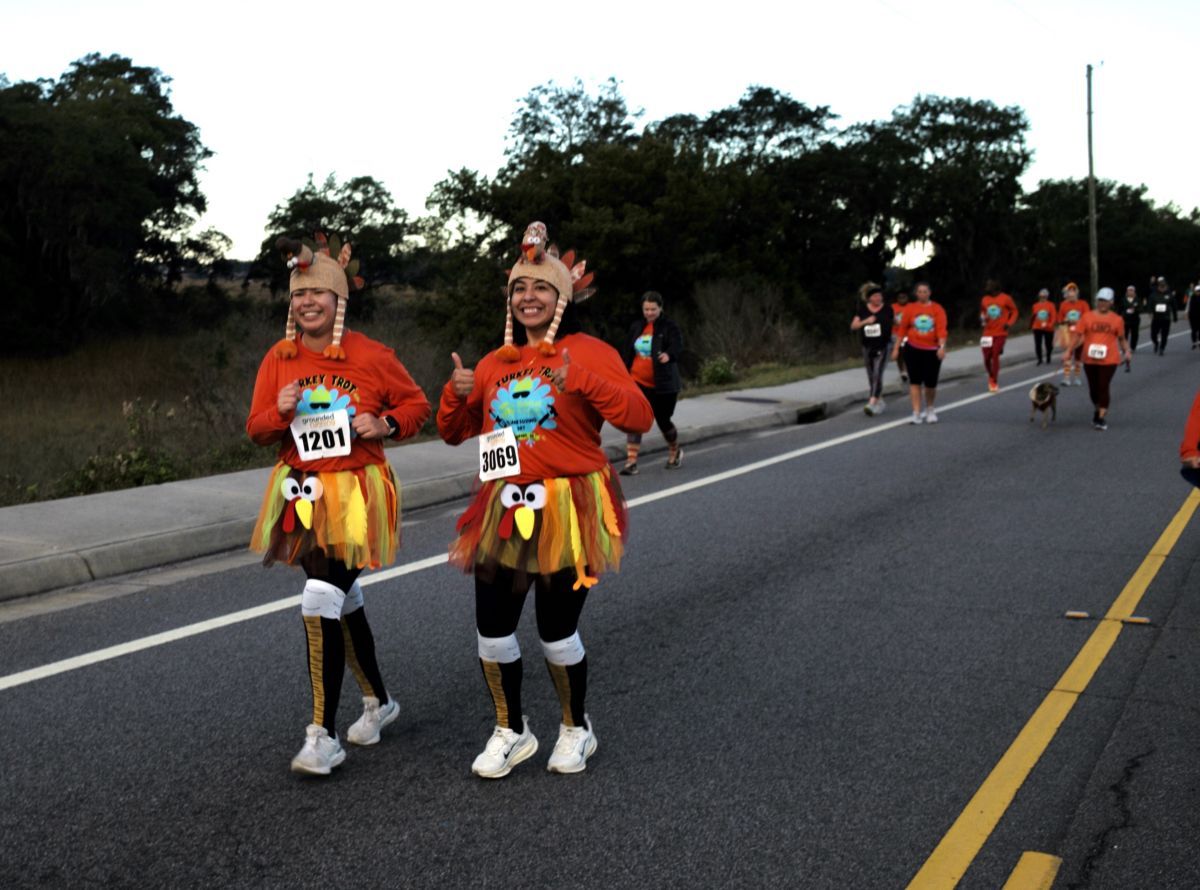 Daylight Saving Time took effect early this morning for most of the U.S.
Daylight Saving Time took effect early this morning for most of the U.S.
Other than the usual “we’ve lost an hour of sleep” complaint commonly heard around this time of year, D.S.T. also ushers in the spring season and provides an ‘extra’ hour of daylight.
We’ll start seeing the necessary ‘extra daylight’ needed to get the yardwork done, to enjoy the milder weather and start getting out and exercising more, perhaps getting in some extra time playing catch with the kids, or just enjoying the scenery from the front porch with your favorite beverage in hand.
Daylight Saving Time also allows us to conserve more energy by needing to use less in the day, due to the increase in natural daylight.
It was Benjamin Frankin during his 18th century service as a U.S. ambassador in France that first thought of the idea. (What DIDN’T Franklin think of?)
Franklin wrote of his frustration at being awakened by the early-morning sun, and offered a proposed remedy. He observed that moving clocks ahead by an hour would let one sleep later, while also saving considerable candlewax by pushing back the time of sunset.
National Geographic News noted that the concept didn’t enter widespread international practice until the World War I era. Looking to preserve energy resources for the war effort, Germany was the first country to adopt the practice in that era, with allies and enemies following suit.
In the United States, federal law established standard yearly starting and ending points for daylight saving time in 1918.
We have history, reasons, complaints, and benefits. Lets just welcome spring…







